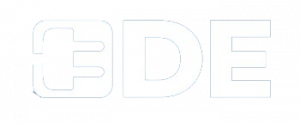Renewable Energy, Alternative Investment Funds (AIF) and Infrastructure Investment Trusts (InvITs) in India

Through our work on an impending renewable energy AIF, we discovered that we are in fact launching India’s first Renewable Energy AIF.
Coping-20: Survive, and then Thrive through COVID-19

There is a popular meme circulating – who is responsible for your company’s digital transformation – A) The CTO, B) The CEO or C) COVID-19?…




